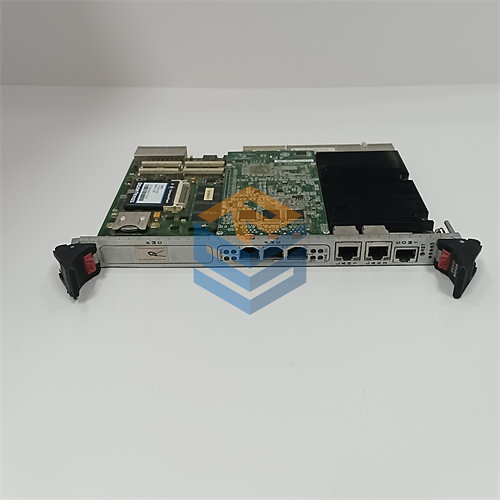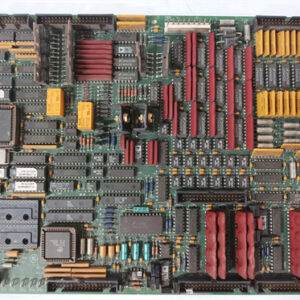الوصف
The GE DS200TCTGG1A Turbine Trip Board (TCTG) is a vital, safety-critical circuit board used in the General Electric Speedtronic Mark V Gas/Steam Turbine Control System.1 It is often referred to as a Simplex Trip Board because it also serves functions in simplex (non-triple redundant) system configurations.2
Its primary function is to directly interface with and control the trip relays that initiate an emergency shutdown (a “trip”) of the turbine.3
🛡️ Key Functionality
The $\text{DS200TCTGG1A}$ handles the final, critical steps in the turbine’s protection sequence:
- Houses Trip Relays: The board contains the electromechanical relays necessary to execute a trip.4 It houses the Primary Trip Relays (PTRs) and often interfaces with the Emergency Trip Relays (ETRs), which are controlled by the 5$\text{TCEA}$ (Turbine Control and Emergency Action) boards in the control core.6
- Fuel Shutoff Control: It provides the signals that open/close the electrical circuits to the hydraulic trip block, which then controls the turbine’s fuel stop valves or steam stop valves. A trip requires these valves to shut quickly to stop the energy input to the turbine.
- Voting Interface (TMR Systems): In the Triple Modular Redundant (TMR) architecture of the Mark V, the board receives protective signals from the $\text{R, S, and T}$ controllers. For critical ETR functions, the board often facilitates a two-out-of-three voting logic at the hardware level, meaning if two out of the three redundant controllers call for a trip, the trip is executed.7
- Auxiliary Functions: The board also houses additional relays used for various control functions, notably the synchronizing relays used for connecting the generator to the electrical grid.8
- Hardwired Trip Inputs: It reads signals from hardwired safety devices, such as emergency stop pushbuttons, which directly bypass some electronic controls to initiate an immediate trip by de-energizing a 9$24\text{ V DC}$ protection bus that feeds the PTR and ETR relays.10
🛠️ Board Specifications
The $\text{DS200TCTGG1A}$ board is physically characterized by its components, which facilitate its high-speed switching and interface roles:
- Relays: It is typically populated with 21 plug-in relays (prefixed with ‘K’, e.g., K1, K2, etc.).11
- Connectors: It features several high-density connectors, including three 50-pin connectors and two 12-pin connectors, used for communication with the core processors and terminal boards (12$\text{TBQA}$, 13$\text{PTBA}$, etc.).14
- System Location: It is generally located in a specific slot (often position 4) within the Mark V control system core cabinet.15
The naming convention indicates:
- DS200: GE Mark V DS200 series board.16
- TCTG: The functional acronym for Turbine Trip Board.
- G1A: Denotes the specific design revision of the hardware.




 +86 15340683922
+86 15340683922 +86 15340683922
+86 15340683922

